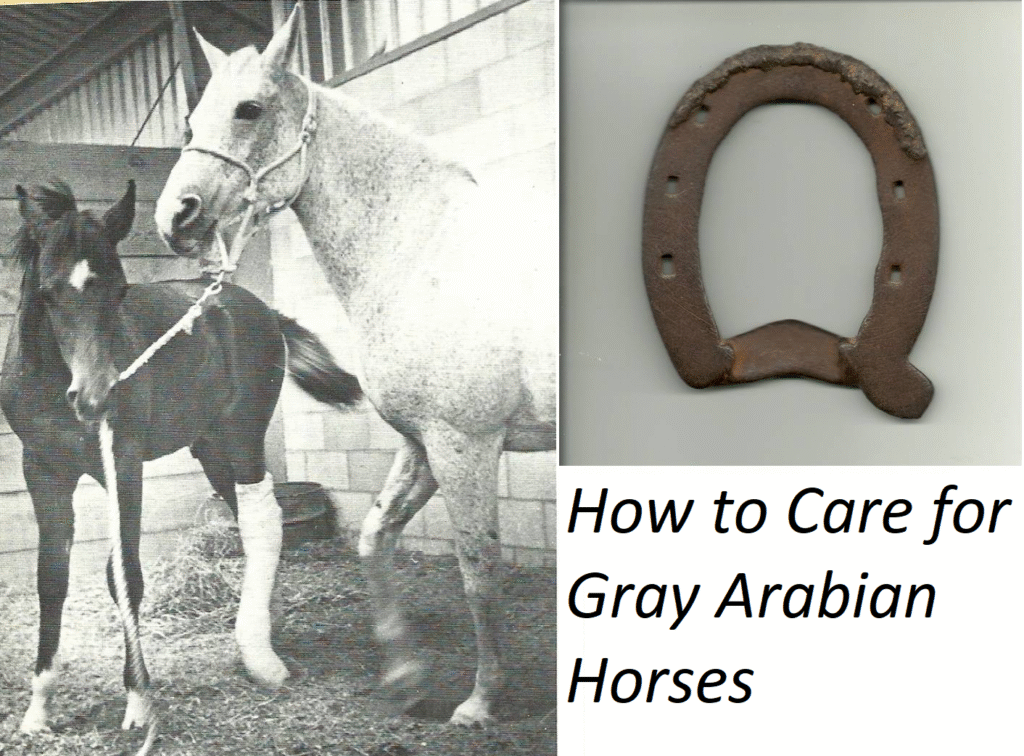Have you ever seen a horse that looks like it’s been dipped in silver, glowing under the sun? That’s the Arabian Gray Horse—a stunning masterpiece of nature! Let’s dive into the beauty, charm, and secrets of these captivating creatures.
The Allure of Arabian Horses

Arabian horses are known worldwide for their grace, stamina, and noble appearance. These horses aren’t just animals; they’re living legends. Their beauty is timeless, and their loyalty is unmatched. Among them, the gray-coated Arabians hold a special place for their striking colors and mysterious aura.
What Makes the Arabian Gray Horse Special?
The Arabian Gray Horse is not just about color; it’s about personality, heritage, and elegance. Their silvery coats, big expressive eyes, and finely chiseled heads make them stand out from the crowd. They symbolize both strength and softness—a rare combination.
The Difference: Arabian Gray Horse vs Arabian Grey Horse

Let’s clear this up—“Gray” and “Grey” mean the same thing!
The only difference? Spelling preference.
- Gray is commonly used in American English.
- Grey is preferred in British English.
So whether you say Arabian Gray Horse or Arabian Grey Horse, you’re talking about the same breathtaking beauty.
Genetics Behind Gray Coats in Arabian Horses
Ever wonder why these horses are gray? It’s all about genetics.
The gray gene is dominant. A foal with even one gray parent has a high chance of turning gray. But here’s the twist—many Arabian gray horses aren’t born gray. They often start as chestnut, black, or bay and gradually lighten as they age.
How Gray Arabian Horses Change Color Over Time

This is magical! A dark foal slowly fades into a shimmering silver horse over several years. It’s like watching a painting come to life, brushstroke by brushstroke. By the time they’re 6-8 years old, many are almost completely white or light gray.
Gray Arabian Stallions: The Majestic Leaders
Gray Arabian stallions are true head-turners. Their boldness, power, and stunning gray coats make them superstars in shows and breeding arenas.
Temperament and Behavior of Gray Stallions
Stallions are known for their spirited nature and leadership qualities. Gray stallions, in particular, often have a commanding presence, making them ideal for those who love a confident, bold horse.
Why Stallions Stand Out in Competitions
With their arched necks and fiery eyes, gray stallions dominate the show ring. They often win hearts and trophies alike.
The Grace of Gray Arabian Mares
If stallions are the kings, gray Arabian mares are the queens. They carry themselves with a graceful elegance that’s simply mesmerizing.
Mares as Symbols of Beauty and Strength
Mares are often more nurturing and gentle but still powerful. Their calm energy makes them perfect partners, whether you’re riding or simply admiring them.
Role of Mares in Breeding Programs
Gray mares are prized in breeding because their genes help carry forward the beautiful gray coats and refined Arabian features.
Light Gray Arabian Horses: Pure Elegance

Light gray Arabian horses are like walking pearls. They often develop a silvery-white coat that sparkles in the sunlight.
Care Requirements for Light Coated Horses
But beauty comes with responsibility. Light coats show dirt and stains easily, so regular grooming is essential to keep their coats pristine.
Dark Gray Arabian Horses: Power and Mystery

Dark gray Arabians carry an air of mystery and depth. Their darker shades highlight their muscular frames and give them a bold look.
Common Misconceptions About Dark Gray Horses
Many people think dark gray horses stay dark forever. But surprise! Most of them will lighten over time. You might buy a dark gray horse and see it slowly transition into a lighter version as the years pass.
How to Care for Gray Arabian Horses

Gray horses need a little extra care, especially when it comes to their skin and coat.
Grooming Tips
- Regular brushing keeps their coats shiny.
- Use whitening shampoos to brighten their color.
- Frequent baths help avoid stains.
Skin Care to Prevent Issues
Gray horses can be prone to melanomas (skin growths) as they age. Regular vet checks are key to keeping them healthy.
Training Arabian Gray Horses: Tips and Techniques

Training Arabian gray horses requires patience and consistency. They are intelligent but sometimes have a playful, stubborn streak.
- Use positive reinforcement.
- Keep sessions short and fun.
- Build trust through gentle handling.
Gray Arabian Horses in Shows and Competitions
These horses shine in dressage, endurance, and halter competitions. Their beauty and agility make them crowd favorites.
Common Health Considerations in Gray Arabians
Besides melanomas, gray Arabians are generally hardy. But remember:
- Watch for skin issues.
- Provide balanced diets for shiny coats.
- Regular exercise keeps their muscles and joints healthy.
Conclusion
The Arabian Gray Horse is a living legend, a symbol of grace, power, and timeless beauty. Whether you’re drawn to the boldness of gray stallions, the elegance of light gray horses, or the quiet strength of gray mares, one thing is certain—you’ll never forget an Arabian gray horse once you’ve seen one. They don’t just capture your eyes—they steal your heart.
FAQs
1. Do all Arabian gray horses turn completely white?
Not all, but many do lighten significantly over time, often becoming almost white by their senior years.
2. Are gray Arabian horses more expensive than other colors?
Sometimes, yes. Their unique beauty and show appeal can make them more desirable, which can increase their price.
3. Can gray Arabian horses develop skin problems?
Yes, they can be prone to melanomas, but regular vet care and early detection can help manage this.
4. Are gray Arabian mares good for beginners?
Yes! Mares are often more gentle and nurturing, making them a good choice for less experienced riders.
5. How often should I groom a gray Arabian horse?
Daily grooming is ideal to keep their coat shiny and to quickly spot any skin issues or injuries.







